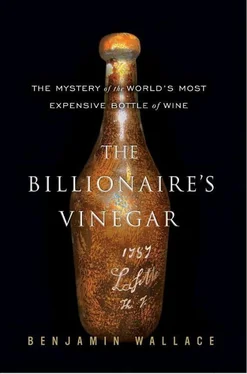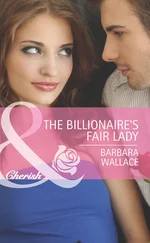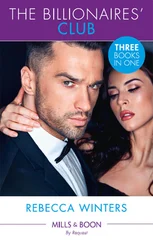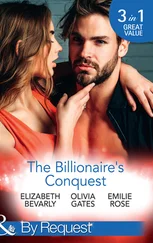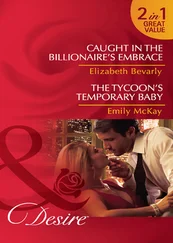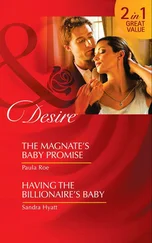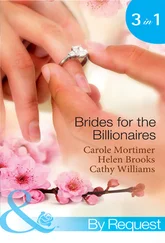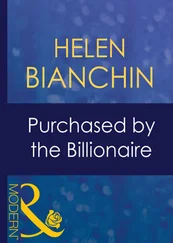As wine prices, especially those of luxury labels, soared in the early nineties, incidents began cropping up much more regularly. In 1995, at a dinner in Hong Kong, a merchant from England’s Corney & Barrow was served a fake magnum of 1982 Le Pin. In 1996 an attempt to sell fake 1982 Le Pin was uncovered in the UK; the forger had simply relabeled and altered the corks of some 1987 Le Pin, which sold for £1,300 ($2,000) less per bottle. In the late 1990s a London customer became suspicious of a bottle of 1982 Pétrus he had bought from a New York wine merchant for $2,000. He took it to château owner Christian Moueix, who examined it in the presence of Wine Spectator ’s James Suckling. The bottle seemed legitimate until the capsule was removed and the cork drawn; the cork had two small indentations on its sides, indicating that it had previously been removed. It also lacked a vintage mark; the old one had apparently been sanded off. Moueix and Suckling tasted the wine, which was obviously not a 1982; they speculated it was Pétrus, but a lesser and much cheaper vintage, such as 1980 or 1984. In March of 1998, Langton’s, an auction house in Australia, discovered some phony 1990 Penfold’s Grange, the most famous red wine Down Under.
Older fakes were a less common occurrence, in part because older wines constituted only a sliver of the market. But they were worth much more money than young wines, and easier to pull off. In 1985 two American businessmen bought a magnum of 1865 Lafite, supposedly from the legendary Rosebery cellar, for $12,000. When they opened it, at a $1,500-a-head fundraising dinner in San Francisco, several people present who had previously tasted 1865 Rosebery Lafites deemed it fake. Marvin Overton III thought it was 1911 Lafite. Robert Mondavi said the cork looked five or ten years old. One of the two businessmen who had acquired the bottle thought it tasted like a faded rosé. Then came the string of incidents involving questionable, Rodenstock-sourced bottles at mega-tastings in the late 1980s. And among the wines offered for sale by Christie’s in Chicago, as part of the sale of Lloyd Flatt’s cellar in 1990, was a bottle of 1947 Romanée-Conti that turned out to be a bottle of 1964 Échezaux with a dummied-up label. An Impériale of 1947 Cheval Blanc, auctioned at Christie’s in 1997, sold for $112,500 despite doubts by both the château and a leading Swiss collector that such a bottle was ever made at the château; nonetheless, the château had given the bottle its imprimatur by providing a new label. Near the end of 1997, a bunch of low-priced, fake 1900 Taylor Fladgate and 1908 Sandeman vintage Port appeared on the London market.
Also suspicious was the prevalence of certain old vintages that had only been produced in limited quantities in the first place. The high number of cases of 1945 and 1947 Mouton sold at Christie’s and Sotheby’s in the previous twenty-five years raised eyebrows, given the relatively small production of those vintages. A German restaurant was reported to have served two cases a year of 1959 Pétrus for six years at tasting events; this was a wine that estate owner Christian Moueix had tasted only twice, and of which Pétrus itself owned only one bottle. By the late 1990s, Serena Sutcliffe was convinced that there were a lot of fake 1947s on the market.
AN ENTERPRISING FORGER could employ any of several methods to counterfeit wine. He might switch the contents of a case, substituting cheaper bottles for more expensive ones, confident that by the time the case was opened, years later, he’d be long gone. He could apply the same logic to bottles, soaking the label off of a more expensive wine and gluing it onto a cheaper one. When the bottle was eventually opened, he’d be forgotten, or the taster wouldn’t have the knowledge or confidence to know the difference. Alternatively, instead of switching the bottle or label, the forger could switch the wine itself, siphoning out a more expensive one and replacing it with something inferior.
Old bottles, either empty or terribly ullaged, could be bought and reconditioned. A trick with DRC was to scuff the part of the label bearing the serial number, as if it had been a victim of normal handling. Labels could be reproduced with a color photocopier. Colin Lutman, an English forger of Port in the 1980s, went to more creative lengths, having apparently blasted one bottle with a shotgun to give it the pitted look of age, sprayed others with aerosolized dust, stained labels with orange juice and tea, and used sepia ink to reproduce château names on the labels.
More-sophisticated methods were also available. At the molecular level, a forger could add a proportionate amount of C-14 to simulate a vintage. To fool noses and palates, he could introduce an essence that mimicked aged oak. Émile Peynaud, the great French oenologist, once conducted an experiment in which he left a red wine and a Sauternes in a warm, damp lab oven for three weeks. At the end of the period, the red wine was undrinkable, but the Sauternes tasted like an old one and was very good. In the late 1990s, “a German sommelier with a vast knowledge of rare, old Bordeaux” offered the Wine Spectator ’s Suckling detailed recipes for specific fakes, including a 1961 Pétrus, any mature vintage of Latour, and a 1945 Mouton. These recipes mostly involved lesser vintages of the same wine, doctored a bit, or other good wines that resembled them. Suckling didn’t name the sommelier in the article, but Ralf Frenzel, Rodenstock’s old sidekick, later acknowledged it had been he. “Whoever says that these great wines cannot be duplicated is not being honest with themselves,” Frenzel had said, under cover of anonymity.
Wine was among the easiest collectibles to fake. As a luxury commodity—more like a Louis Vuitton bag or a Rolex watch than like a unique painting by a famous artist—a bottle of fine wine wasn’t carefully tracked in its peregrinations. “This is the only product in the world,” Robert Parker said later, “that you can sell for thousands of dollars without a certificate of origin.” The rare-wine world, clubby and closemouthed, had allowed the problem to flourish by countenancing a gray market. And wine was made to be left alone in the dark for years, untasted and often unseen. Even when it was opened, tasting wine was rarely conclusive: few tasters were skilled enough to detect frauds, and an accused could always chalk up a strange taste to “bottle variation” or, with older bottles, the vinodiversity that characterized different merchants’ bottlings of the same wine. Experienced tasters had, after all, been divided about the questionable Rodenstock wines at the 1980s L. A. tastings. The limits of science precluded analyzing the wine itself without opening the bottle, a trade-off that owners of very expensive bottles were reluctant to make.
Of course, even if you did decide, when tasting a wine, that it was fake, you had also just destroyed the evidence.
THE MOTLEY WAYS to make fake wine were matched only by the variety of clues that could lead to its detection. Sometimes, instead of asking market value for a fake, and counting on the wine’s scarcity to generate demand among gray-market middlemen, a forger would make the mistake of setting a price that was too good to be true. Often the mimicry was shoddy and unresearched. In the Mouton episode in 1982, the gold lettering was neither embossed nor as brilliant as real gold leaf, the paper had a gray tinge, there were typographical errors, and the capsule lacked the real Rothschild seal. The 1981 and 1982 Pétrus faked in the mid-eighties bore wrong-colored foil capsules and stumpy, unbranded corks. The fraudsters behind the 1990 Penfolds Grange had meticulously copied the cases, packing tissue, and corks; their undoing had been spelling errors—“pour” was spelled “poor” on the label—and incorrectly colored bar codes (black instead of red).
Читать дальше
